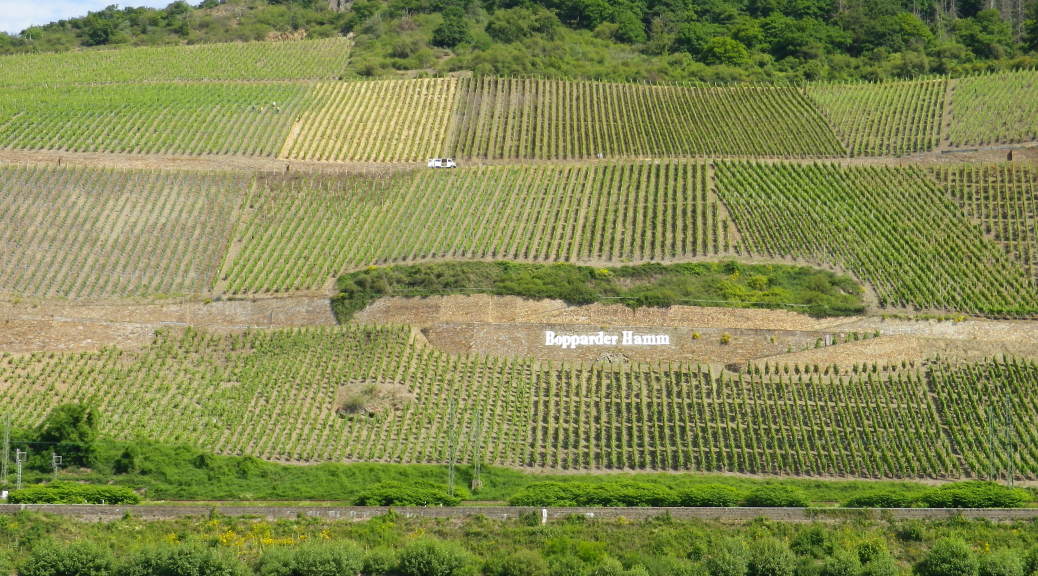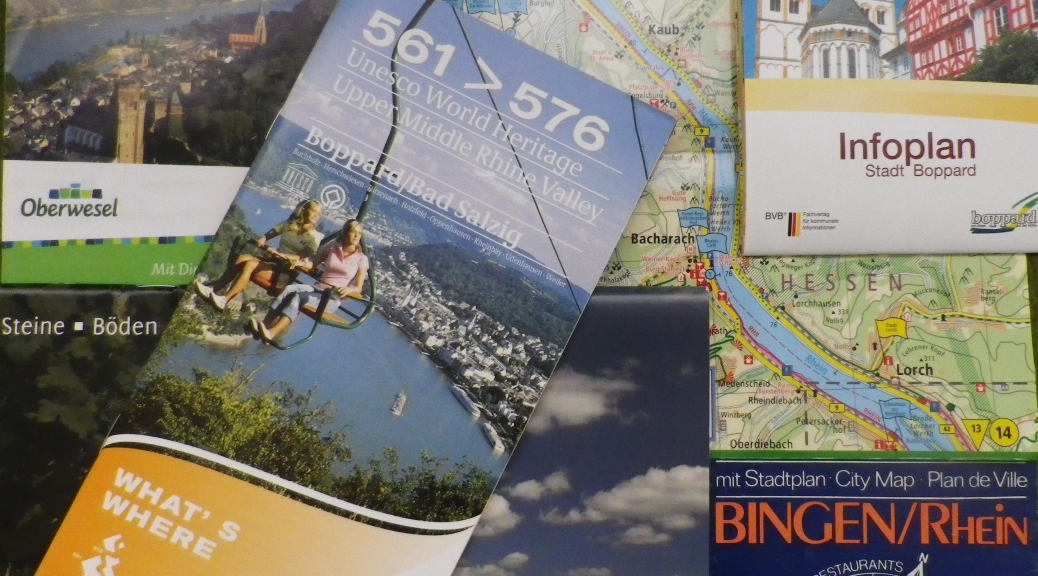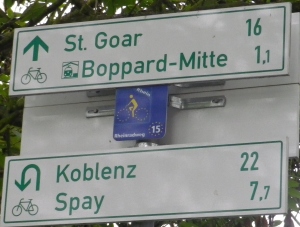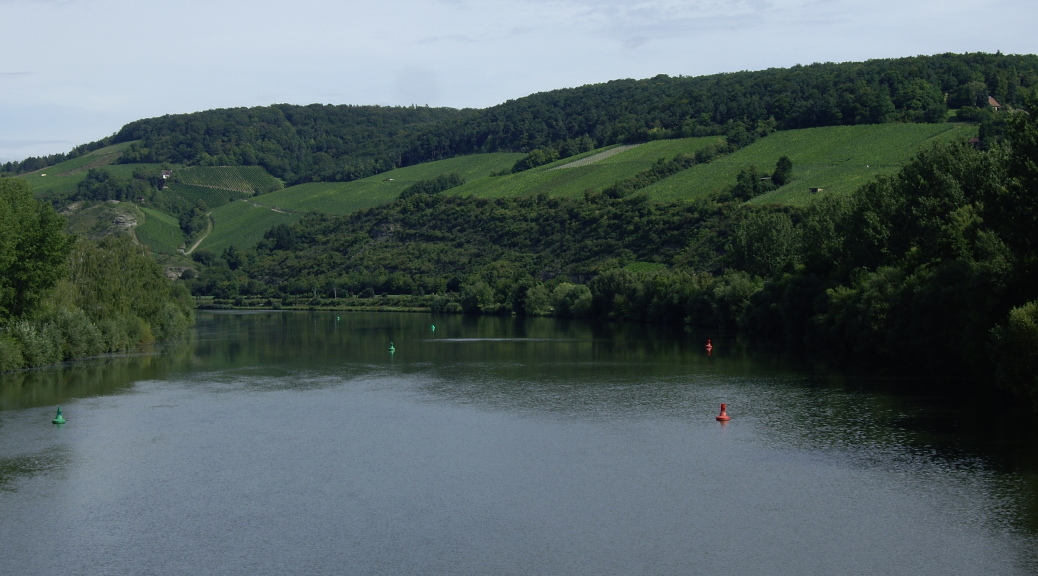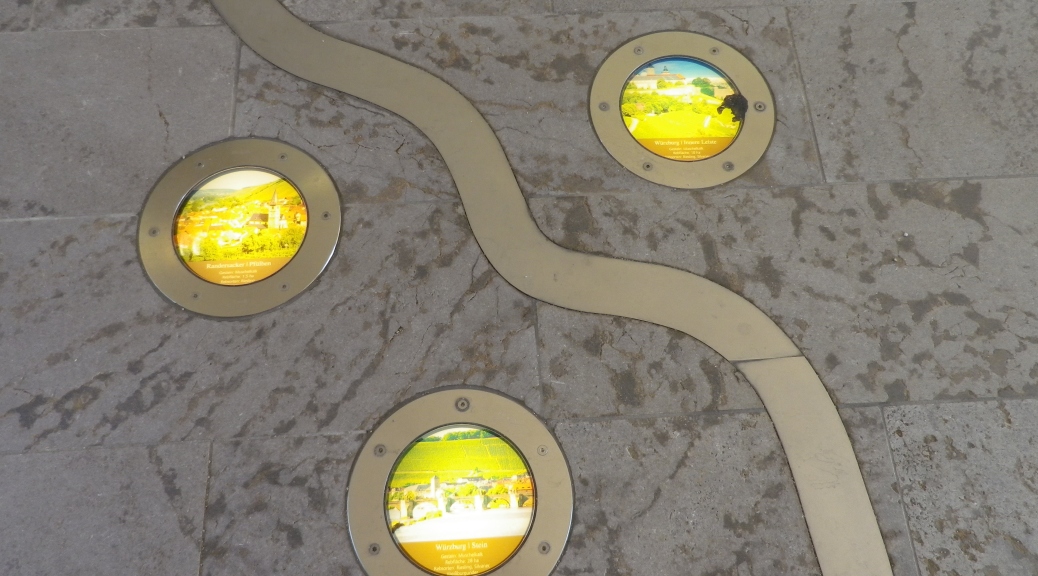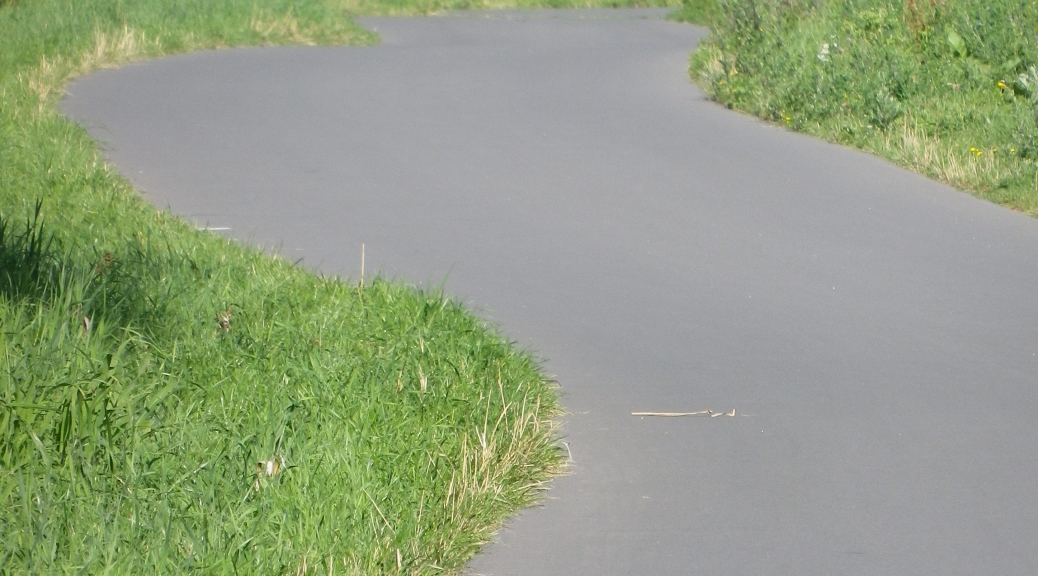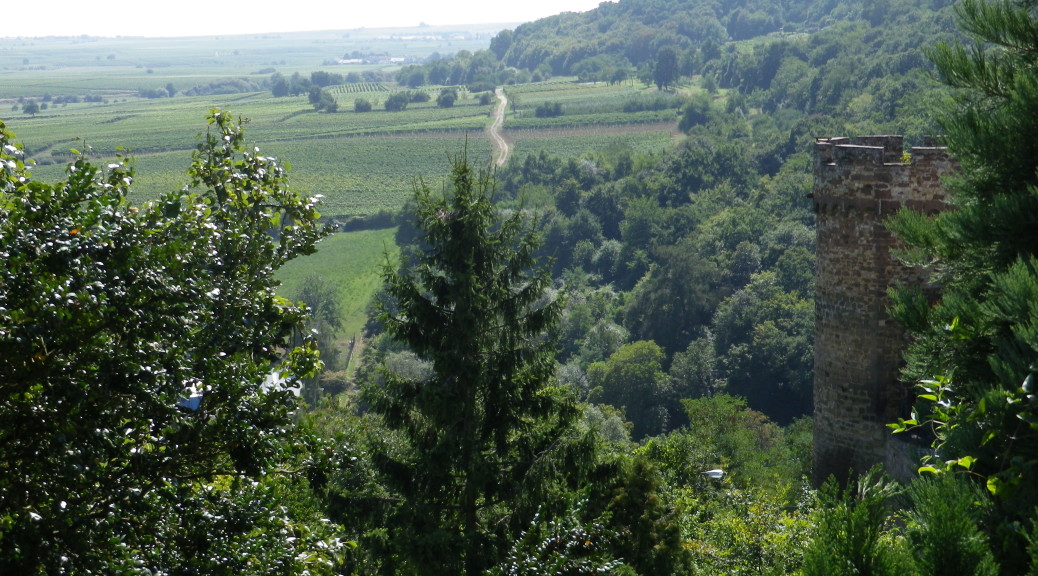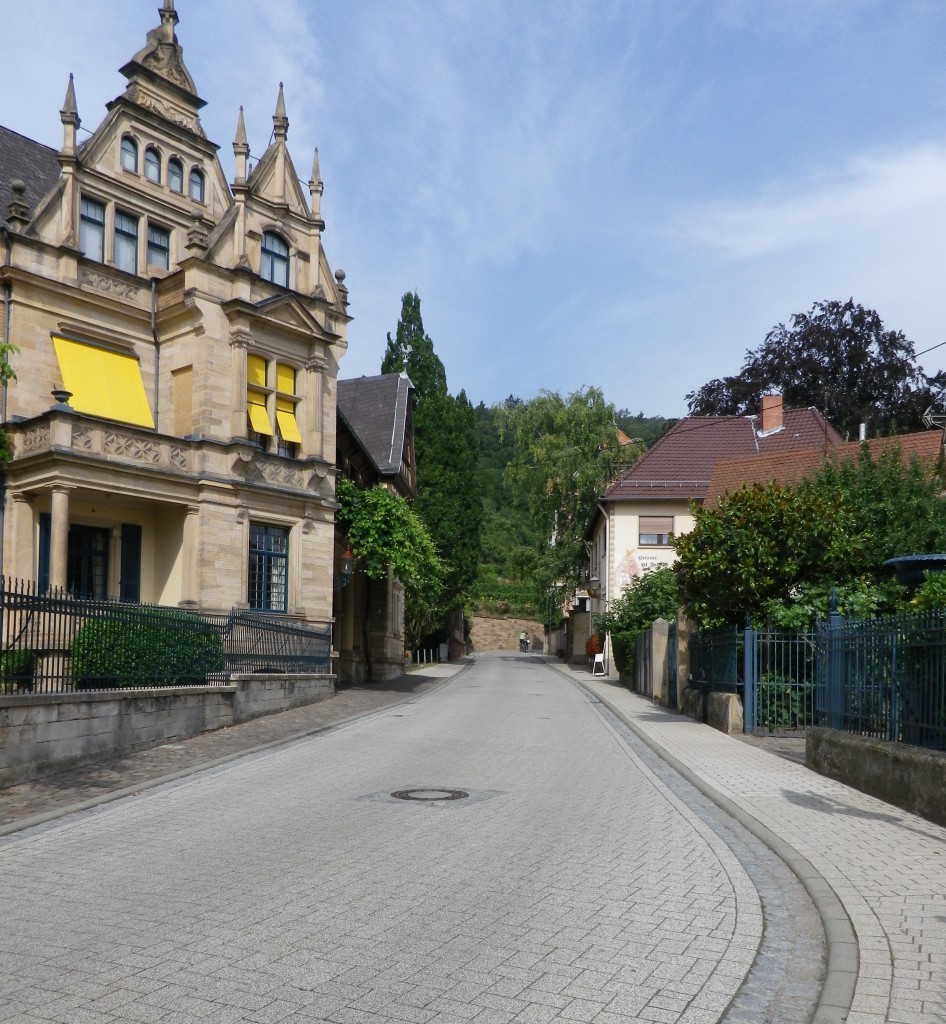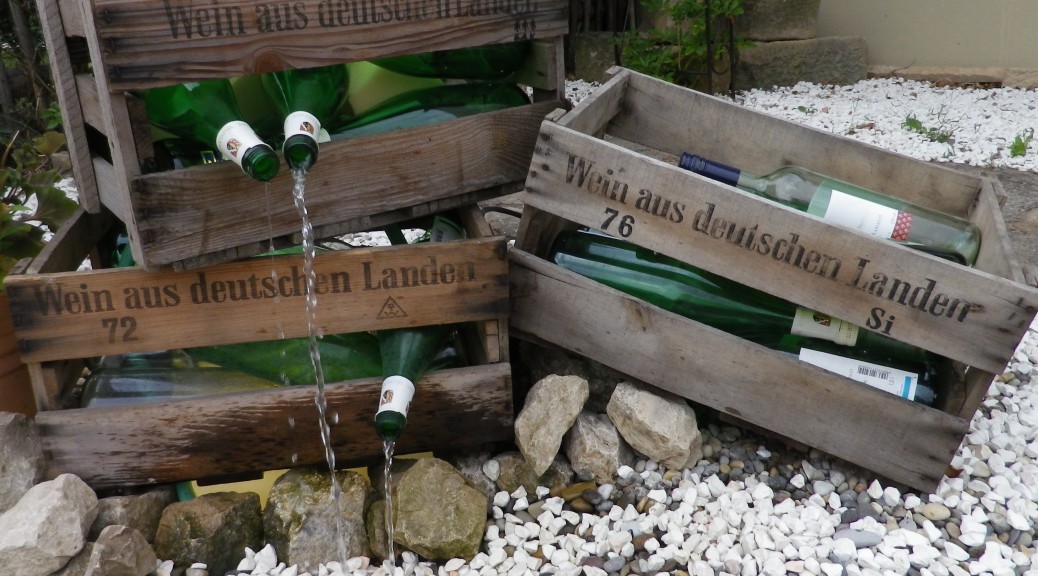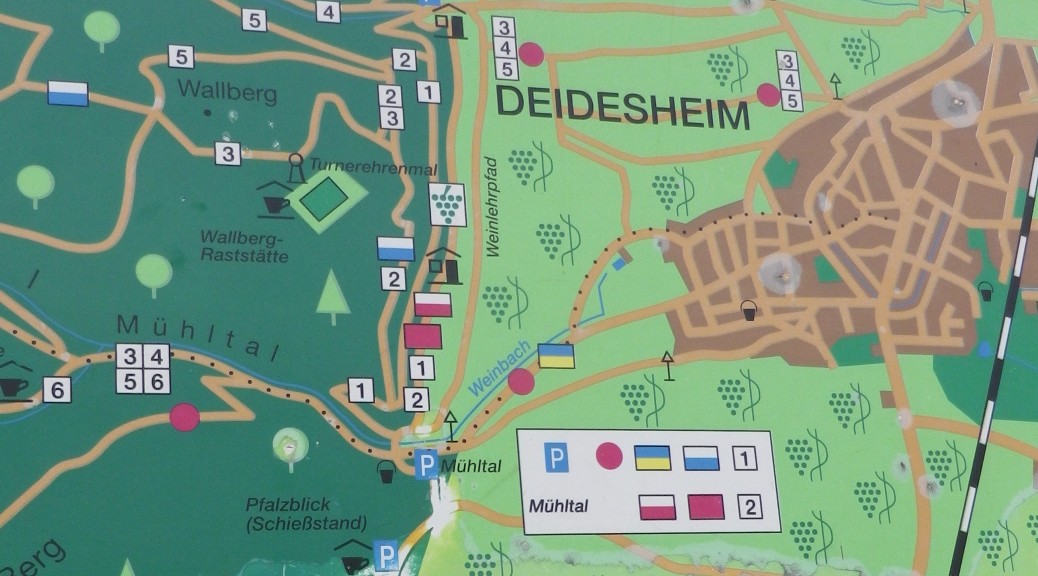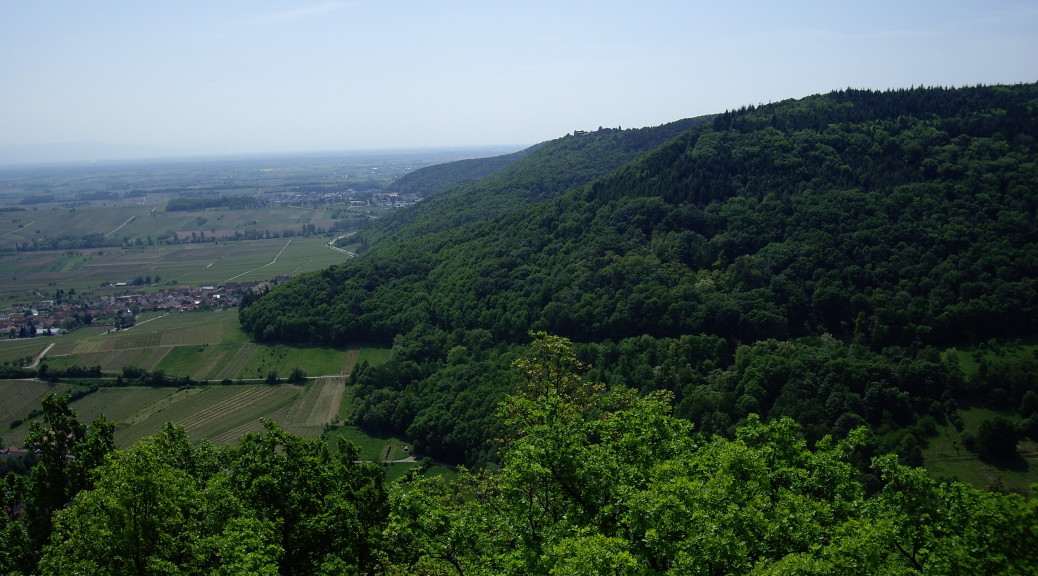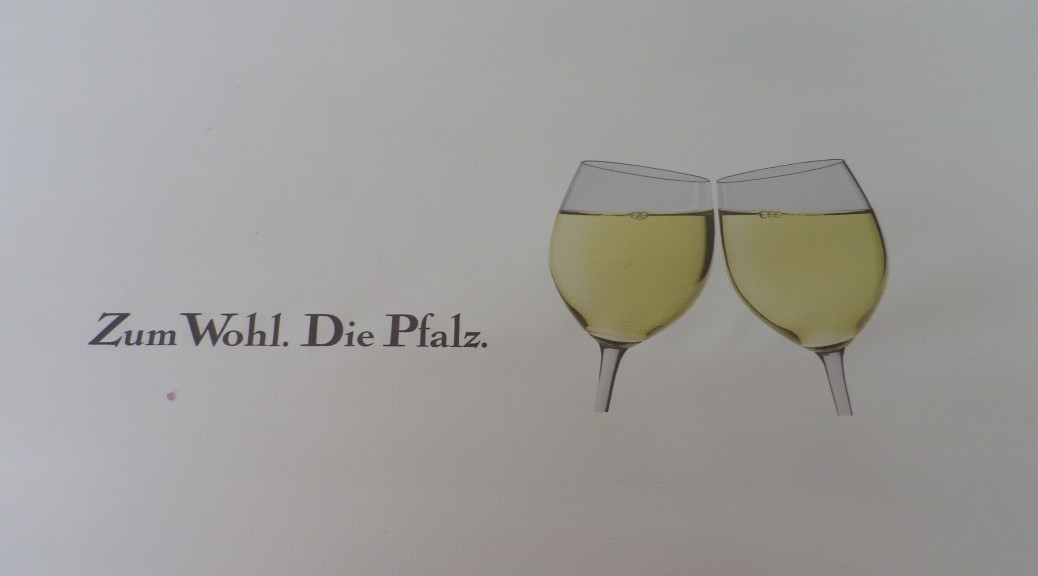What I Learned:
Many areas of the Upper Middle Rhine do not produce wine: the geography just isn’t suitable or practicable, even for growing other crops, so steep are the slopes rising from the river’s edge; and that makes the vineyards along this section of the Rhine even more special and beloved.
Riesling dominates overwhelmingly here: over 70% of the plantings in this area are of Riesling vines. Its closest numerical competition comes from the approximately 9% of Spaetburgunder plantings. So these two varietals, one white, the other red, equal approximately 80% of all cultivated vines in this area. Muller-Thurgau, Kerner, Pinot Blanc and Pinot Gris make up about 11% of all remaining cultivated white varietals. Dornfelder and Portugieser make up the remaining red varietals.
